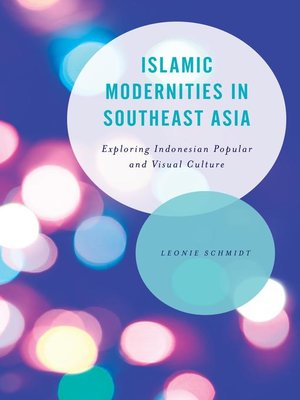Islamic Modernities in Southeast Asia
ebook ∣ Exploring Indonesian Popular and Visual Culture · Asian Cultural Studies: Transnational and Dialogic Approaches
By Leonie Schmidt

Sign up to save your library
With an OverDrive account, you can save your favorite libraries for at-a-glance information about availability. Find out more about OverDrive accounts.
Find this title in Libby, the library reading app by OverDrive.



Search for a digital library with this title
Title found at these libraries:
| Library Name | Distance |
|---|---|
| Loading... |
What does it mean to be a modern Muslim today? In contemporary discourse Islam and modernity are often presented as each other's opposites in media and popular culture.
Southeast Asia has a large Muslim population, especially in Indonesia, Malaysia, and Singapore, but Islamic culture in these states is conspicuously absent from the wider global discourse on Islam. With a focus on popular culture in Indonesia – a country that houses the world's largest Muslim population and that is also undergoing modernisation –Islamic Modernities in Southeast Asia will demonstrate how Islamic modernities are being negotiated and constructed through popular and visual culture from a trans-regional perspective. Looking at a variety of Islamic-themed popular and visual culture including rock music, cinema, art, visual decorations in shopping malls, self-help books, and fashion blogs, the book explores how Islamic modernities are imagined, negotiated, contested, and shared in Southeast Asia.
Southeast Asia has a large Muslim population, especially in Indonesia, Malaysia, and Singapore, but Islamic culture in these states is conspicuously absent from the wider global discourse on Islam. With a focus on popular culture in Indonesia – a country that houses the world's largest Muslim population and that is also undergoing modernisation –Islamic Modernities in Southeast Asia will demonstrate how Islamic modernities are being negotiated and constructed through popular and visual culture from a trans-regional perspective. Looking at a variety of Islamic-themed popular and visual culture including rock music, cinema, art, visual decorations in shopping malls, self-help books, and fashion blogs, the book explores how Islamic modernities are imagined, negotiated, contested, and shared in Southeast Asia.







